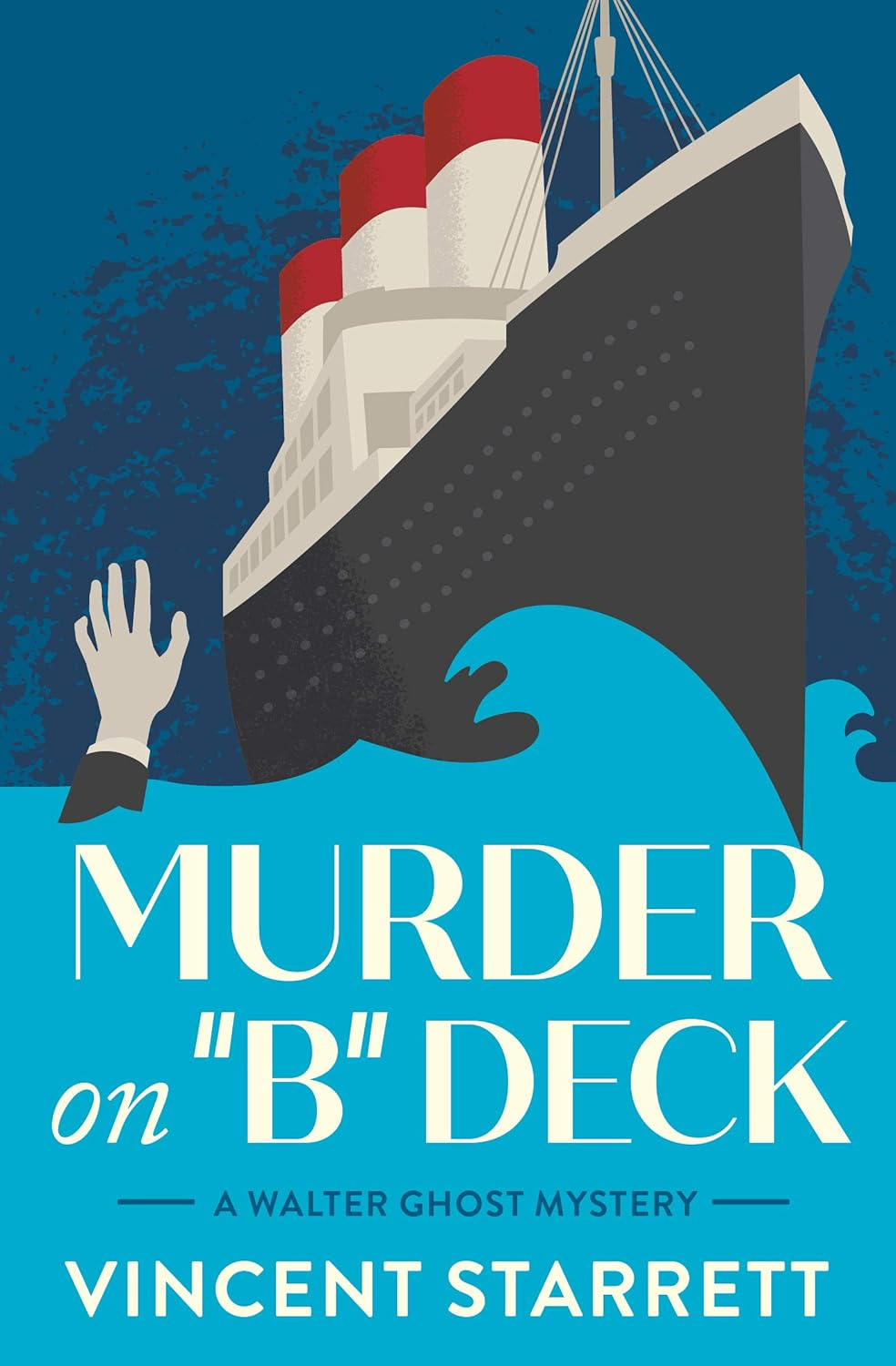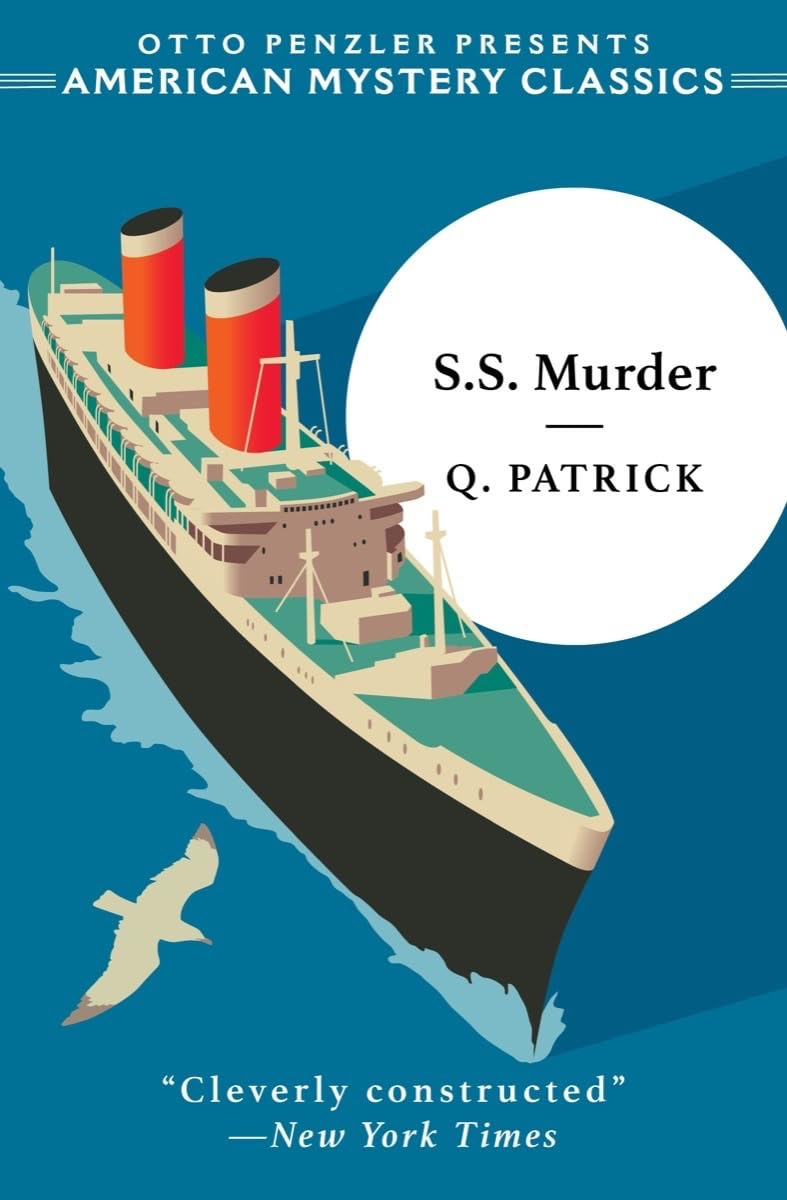C&C 68: Get The Get Off While The Getting Is Good
Plus Laura Lippman’s latest steers me toward more maritime mayhem
Good news: the nearly fourteen-year wait is over. The Get Off—the third and say-it-ain’t-so last book in the Angel Dare series by Christa Faust—is available as of March 18. So you can pick up one of 2025’s best crime novels and a peerless paradigm of pulp prowess right now.
I admit I’m biased. Christa is a friend. We first met in person at an event for Money Shot (2008)1, the book that served as the hell-for-leather introduction to former porn star Angel Dare. Angel returned in Choke Hold (2011), fleeing from witness protection and immersed in the world of mixed martial arts. As The Get Off begins, Angel is finally poised to slay the demon who has dogged her since book one, only to make a shocking discovery: she’s pregnant. It’s no condition to be in when you’re on the run, but after her mission of vengeance goes sideways Angel doesn’t have any choice. She falls in with some rodeo bullfighters drifting across the anonymous American west, hoping to steer clear of trouble and the law. Naturally, that doesn’t happen.
The Get Off is both a crackerjack crime novel, packed with twists and evocatively written action, and a bruising book about aging and vulnerability. How does a take-charge character who has always looked after herself respond when everyone wants to look after her? It’s a powerful read, and if Christa is serious about it being Angel’s swan song—I have no reason to doubt her—then the character rides off into the sunset in a blaze of glory.
Christa recently launched a newsletter. You should subscribe to it.
Laura Lippman has never been afraid to go dark, even noirish, in novels like Sunburn (2017) and Prom Mom (2023). She veers toward the cozy side of the street to delightful effect in the upcoming Murder Takes a Vacation (June 2025). Muriel Blossom, who appeared in Lippman’s Tess Monaghan series, is a woman of a certain age and, as she would be the first to point out, a certain weight. The retiree has come into an unexpected windfall that is allowing her, at last, to live the life that she wants, and that includes a river cruise up the Seine. But she hasn’t even boarded her flight to Europe when odd things start happening to and around her, which may be connected to a stolen artwork. Before long, Mrs. Blossom, as everyone calls her, must put her limited experience with private investigations to work. (Fortunately, Tess is available for long-distance consultations.) The lighthearted and frothy mystery here has shades of the caper film Charade (1963) as a widow finds herself squaring off against assorted ne’er-do-wells in Paris, never certain which of them she can trust. But Lippman’s true focus is on Mrs. Blossom herself, taking a chance on moving from supporting player to leading lady before the curtain goes down. Mrs. Blossom’s honesty, compassion, and occasional regret lend a welcome bittersweet note to this confection.
I read Mrs. B’s maiden voyage aloud during dinner preparations, and it proved such a hit that it prompted us to follow it with a pair of vintage tales of turmoil at sea that have been recently reprinted by American Mystery Classics.
Vincent Starrett’s Murder on “B” Deck (1929) features an opening fit for a screwball comedy, as novelist Dunsten Mollock grumblingly mounts the gangplank of the good ship Latakia to bid bon voyage to his sister and her husband—this business of constantly seeing people off “was beginning to be a nuisance”—only to somehow find himself still aboard when the vessel chugs out of New York harbor. He decides to make the most of his unplanned trip to the continent by writing a new murder mystery, blithely choosing a fellow passenger as his proposed victim. Then the real-life countess is found dead in her cabin. Fortunately, Mollock’s friend Walter Ghost, a former intelligence officer, is also sailing on the Latakia, and the captain implores him to locate the murderer before the ship docks in Cherbourg. Ghost appeared in two more books, which I’ll be tracking down shortly.
In solidarity, we will read any novel by someone who uses the surname Patrick in a pseudonym, especially when that nom de plume applies to multiple writers. Q. Patrick acted as cover for four different people, one of them being Hugh Wheeler, who penned the book for the musical Sweeney Todd. Wheeler and Richard Webb pitched in on S.S. Murder (1933), which has a fascinating structure; it’s presented as the journal of cub reporter Mary Llewellyn, sailing for South America on the Moderna, the Pfizer being booked, to recover from an operation when another passenger downs some strychnine along with his post-dinner drink on their first night at sea. Dedicated newshound Mary dutifully records events as they happen, her diary itself becoming part of the mystery. The conceit occasionally stretches credulity but on the whole it’s charming and yields some meta playfulness, as when Mary writes that “I honestly think that if I had been reading this in a book I should have guessed the solution.” Many mysteries from the era include maps of the crime scene, but S.S. Murder is the first I’ve read to feature detailed schematics of various bridge hands, the card game being so hugely popular at the time2 that it can be counted on to provide clues. This passage, meanwhile, won me over completely.
Then we shook hands all around and Jennings produced some stuff called Amer Picon and we all took an apéritif, pledging each other to silence and secrecy as to the details of last night.
What I’m Drinking
Authentic Amer Picon, with its orange base, is damn near impossible to come by in the United States; the only bottle I’ve ever bought I picked up personally in Paris and gifted to the Zig Zag Café. Bigallet China-China Amer is my go-to substitution, but I’ve experimented with Amaro CioCiaro, which is less aggressive but still possesses some of the right citrus notes. It’s used effectively if sparingly in the Night Train. Bartender Garrett Flanagan of New York’s Pebble Bar doubles down on amaro in this bitter variation on the Manhattan.
Night Train, by Garrett Flanagan
2 oz. bourbon (Flanagan used overproof, but I didn’t)
½ oz. Cynar
½ oz. Amaro CioCiaro
1 dash Amargo-Vallet bitters, or substitute Angostura like I did
Stir. Strain. Garnish with an orange twist.
It was at this event that Christa, upon meeting Rosemarie, said, “I assumed you were a fictional character.” Still one of my favorite lines ever.
We felt compelled to include bridge in the second Renee Patrick novel Dangerous to Know, even though, like Lillian Frost, everything I know about the game I learned from the 1933 Warner Brothers movie Grand Slam, starring Loretta Young. There’s your proof of how popular bridge was in 1933: they were making movies about it.






These books sound like the perfect distraction for right now. Thanks!
About 'The Get Off'. Great read! That's all, folks? :)
https://youtu.be/vmGsD6yw2I0?si=h_mouc2I5PdH1bMm